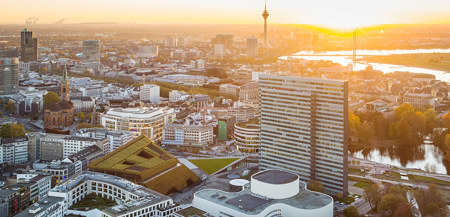

Kö-Bogen II
ingenhoven architects
8 kilometres of hornbeam hedges, over 30,000 plants – Europe’s largest green facade. The facade is an essential element of the Kö-Bogen II commercial and office building. The ensemble marks the conclusion of an extensive urban renewal project in the heart of Düsseldorf. It also represents a paradigm shift: from an urban perspective, it signals a departure from the automotive era and a turn towards people-oriented planning. And with Europe’s largest green facade, it offers an urban response to climate change.
Today, where an elevated motorway once dominated the landscape, the Hofgarten has moved back into the heart of the city. Kö-Bogen’s sloping green facades face one another in a composition inspired by Land Art. The new building complex oscillates in a deliberate indeterminacy between city and park. The two structures form a dynamic entrance to Gustaf-Gründgens-Platz, which opens up the view to icons of post-war modernism – the clear austerity of the Dreischeibenhaus (1960) and the buoyant lightness of the Schauspielhaus (1970). Kö-Bogen II is a contemporary response to these two historic landmarks, without competing with them.
With the hornbeams, a native plant species was deliberately chosen. They improve the city's microclimate, especially by reducing the inner-city heat effect, storing rainwater, binding carbon dioxide, dampening noise and promoting biodiversity. The ecological benefit of hornbeams is equivalent to that of around 80 mature deciduous trees.